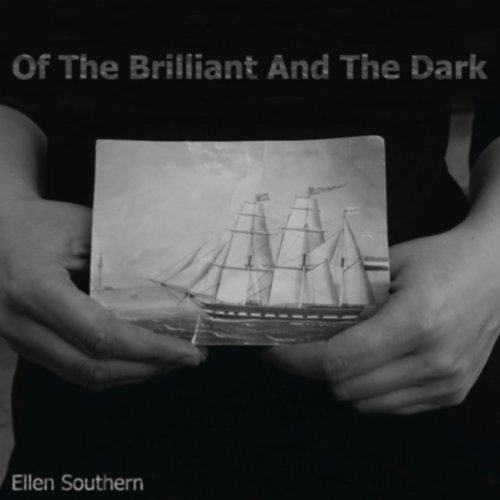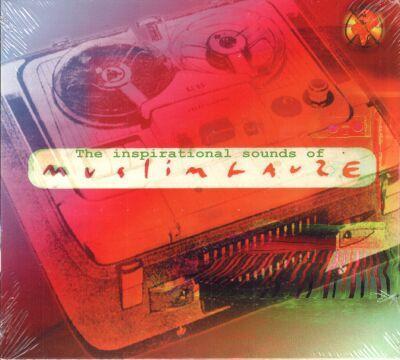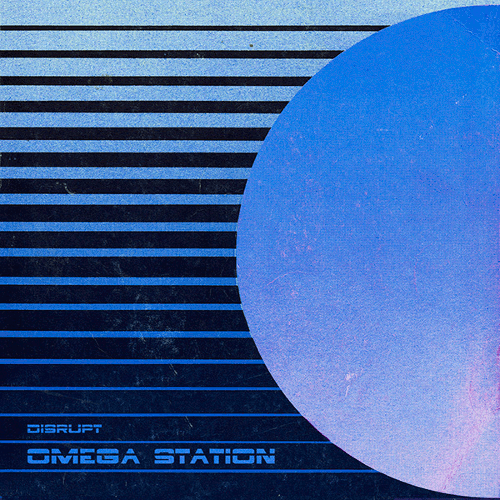 Claude Vorilhon was a racing car driver. He was a typical French man of the 1970s. Long hair, cigarettes, fast cars; he probably watched Un Homme Et Une Femme in the cinema. All of this changed for him abruptly at the end of 1973 when he had an alien visitation from an entity that called itself Jehovah. Those of you who are looking at your apostolic succession of former members of Magma will not find him there; you are getting ahead of this story. Relax. Enjoy the ride.
Claude Vorilhon was a racing car driver. He was a typical French man of the 1970s. Long hair, cigarettes, fast cars; he probably watched Un Homme Et Une Femme in the cinema. All of this changed for him abruptly at the end of 1973 when he had an alien visitation from an entity that called itself Jehovah. Those of you who are looking at your apostolic succession of former members of Magma will not find him there; you are getting ahead of this story. Relax. Enjoy the ride.
If you have never seen Claude Lelouch’s 1966 film Un Homme Et Une Femme, you have missed out on an audacious cinematic spectacle, with a narrative roughly this thin. Even those of you who haven’t seen the film must surely be aware of Francis Lai’s jazz-samba inflected soundtrack. If not; you are forgiven. But the point is, this it is also the story of a racing car driver. And a woman who pouts sadly.
Christian Vander would have doubtless have been aware of this film and its soundtrack as he set out on the sea of post-1968 jazz, not only as a drummer, but also as a composer. He may have noted the driving force of the instrumental version of “Aujourd Hui C’est Toi” that was used in the ’70s titles of BBC’s Panorama programme, so far removed from its origins. But everyone in this story moved far from their origins: Claude Vorilhon thought that he wanted to be a racing car driver, but after the events of December 1973, he became Raël, the inevitably white-clad guru of his own UFO cult. He wasn’t so strange. On the streets of ’70s Paris it was in the air: in the smoke that rose from the jazz cigarettes of bandes dessineés artists such as Jean Giraud and Phillippe Druillet. French men, it seems, were feeling the pull of the cosmos in their hearts, in their minds and in their groins; the pulse of the new heavy bands grinding that alien groove.
Vander has often stated that his composition is deeply indebted to John Coltrane and many unspecified Tamla Motown artists. There have been speculations about where else he may have grazed for inspiration: Carl Orff and Igor Stravinsky seem likely; Richard Wagner and Black Sabbath considerably less so. Magma have recently been adopted by drone doom guys with bespoke beard stylings, who seem to miss the point that Vander’s starting points are closer to Lalo Schifrin’s Requiem mass and other freak Christian sources than the pagan / satanic inspiration that led those dudes along the road to banal graphic design careers. Sure, there is a deus diabolus inversus groove inherent in so much of the over-excited artwork that has been flung at Magma over the years; but it’s clear that they have never been only or primarily of the devil’s party.
But what does Zëss sound like now that Vander has committed it to the recording studio? Well, it sounds a bit like a racing car. Morgan Ågren’s drumming is constant but propulsive throughout; restrained and accelerative. There is more of the City Of Prague Philharmonic Orchestra than Magma as a band in the mix, but that is all to the good because it helps to draw the ear away from thinking about Magma as some sort of jazz-rock band. There is something of ’50s jazz orchestration, like Johnny Richard’s Open Range, in the sound. The brass is often opened out towards the French horn end of its tonality. Flutes feature strongly. There is a limpid watercolour tonality that more passive observers would not expect from Vander. That is not to say that there are not strongly abrasive moments of dissonance, but these are more jarring through this contrast.
But the question that the hardcore of Magma aficionados who have followed me this far will be asking is whether this album is essential to an ongoing expanded understanding of the music of Christian Vander and the mythos of the Kobaïan opera?
Well, duh!
-Iotar-



